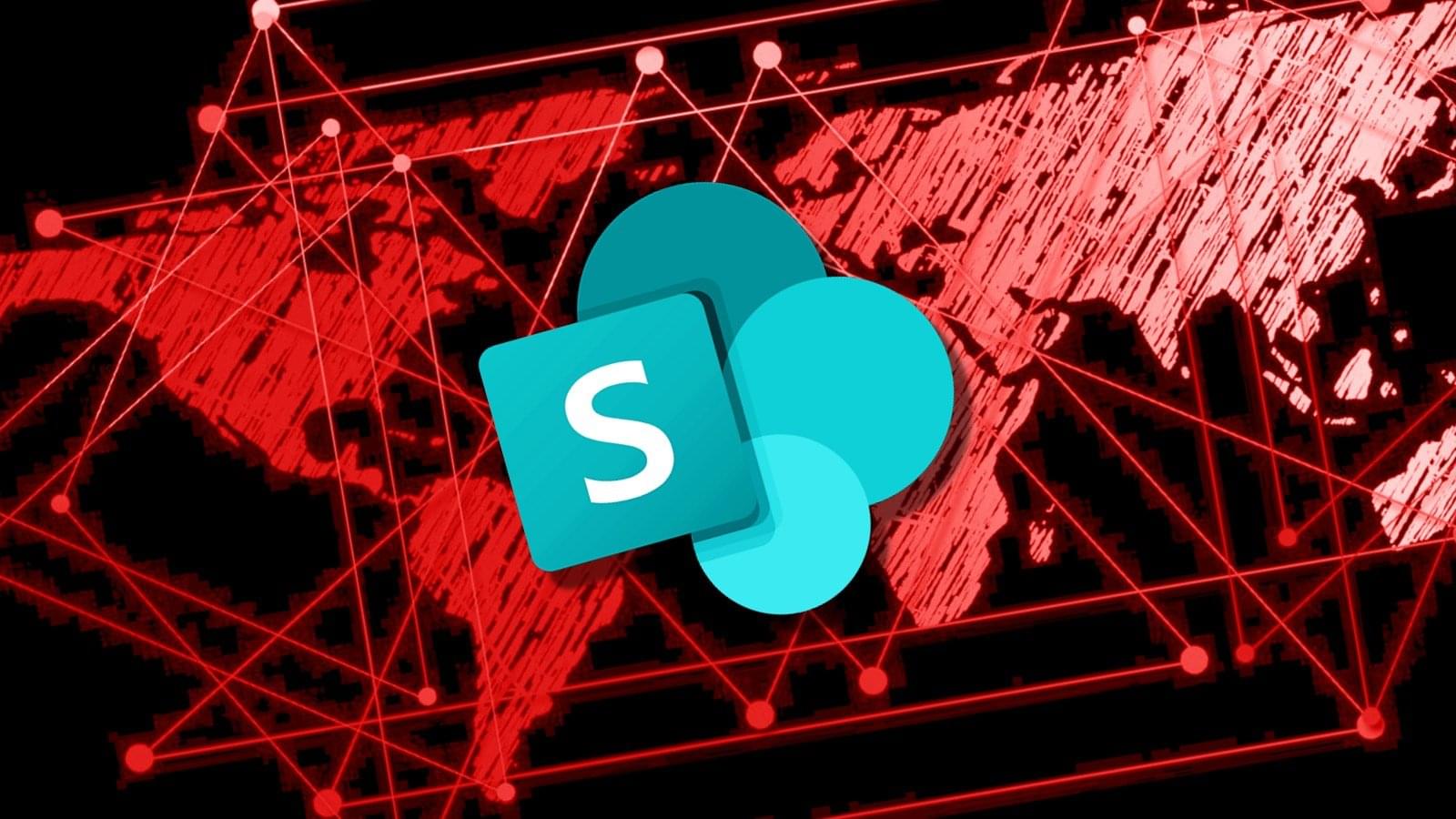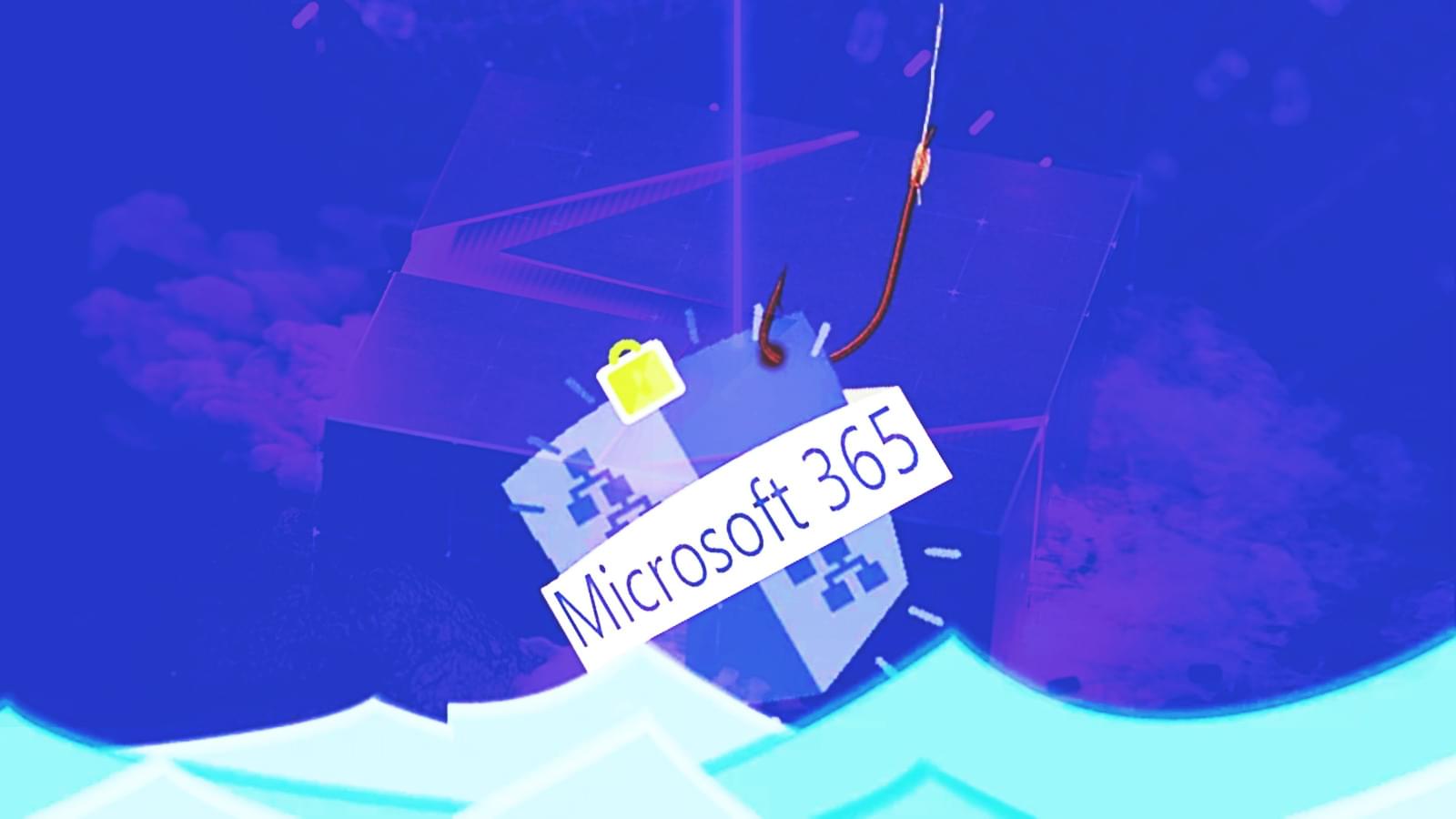New Android malware PlayPraetor infects 11,000+ devices, targeting banking users via fake Play Store links.






Microsoft announced that the transcription, dictation, and read aloud features will stop working in older versions of Office 365 applications in late January 2026.
Read aloud lets users hear documents and emails read back, transcription converts speech into text in real-time, and the dictation feature allows for voice-to-text input across Office applications.
The company advised customers to update their Microsoft 365 Office apps to a version higher than 16.0.18827.20202 (released in early July) by the end of January 2026 to maintain access to these accessibility and productivity features.

A newly discovered Linux malware, which has evaded detection for over a year, allows attackers to gain persistent SSH access and bypass authentication on compromised systems.
Nextron Systems security researchers, who identified the malware and dubbed it “Plague,” describe it as a malicious Pluggable Authentication Module (PAM) that uses layered obfuscation techniques and environment tampering to avoid detection by traditional security tools.
This malware features anti-debugging capabilities to thwart analysis and reverse engineering attempts, string obfuscation to make detection more difficult, hardcoded passwords for covert access, as well as the ability to hide session artifacts that would normally reveal the attacker’s activity on infected devices.

Ransomware gangs have recently joined ongoing attacks targeting a Microsoft SharePoint vulnerability chain, part of a broader exploitation campaign that has already led to the breach of at least 148 organizations worldwide.
Security researchers at Palo Alto Networks’ Unit 42 have discovered a 4L4MD4R ransomware variant, based on open-source Mauri870 code, while analyzing incidents involving this SharePoint exploit chain (dubbed “ToolShell”).
The ransomware was detected on July 27 after discovering a malware loader that downloads and executes the ransomware from theinnovationfactory[.]it (145.239.97[.]206).

A threat actor has been abusing link wrapping services from reputed technology companies to mask malicious links leading to Microsoft 365 phishing pages that collect login credentials.
The attacker exploited the URL security feature from cybersecurity company Proofpoint and cloud communications firm Intermedia in campaigns from June through July.
Some email security services include a link wrapping feature that rewrites the URLs in the message to a trusted domain and passes them through a scanning server designed to block malicious destinations.

Mozilla has warned browser extension developers of an active phishing campaign targeting accounts on its official AMO (addons.mozilla.org) repository.
Mozilla’s add-on platform hosts over 60,000 browser extensions and more than 500,000 themes used by tens of millions of users worldwide.
According to Mozilla’s advisory, these phishing emails are impersonating the AMO team and claim that the targeted developer accounts require updates to maintain access to development features.
Solves major problems associated with integrating electronics, photonics in microchip systems.
The MIT device in the green callout could be key to faster, more energy-efficient data communication. It solves a major problem associated with packaging an electrical chip (black, center) with photonic chips (the eight surrounding squares). This image also shows an automated tool placing the final photonic chip into position. Image courtesy Drew Weninger, MIT.
The future of digital computing and communications will involve both electronics—manipulating data with electricity—and photonics, or doing the same with light. Together the two could allow exponentially more data traffic across the globe in a process that is also more energy efficient.
“The bottom line is that integrating photonics with electronics in the same package is the transistor for the 21st century. If we can’t figure out how to do that, then we’re not going to be able to scale forward,” says Lionel Kimerling, the Thomas Lord Professor of Materials Science and Engineering at MIT and director of the MIT Microphotonics Center.
Enter FUTUR-IC, a new research team based at MIT and funded by the National Science Foundation’s Convergence Accelerator through a cooperative agreement. “Our goal is to build a microchip industry value chain that is resource-efficient,” says Anu Agarwal, head of FUTUR-IC and a principal research scientist at the Materials Research Laboratory (MRL).